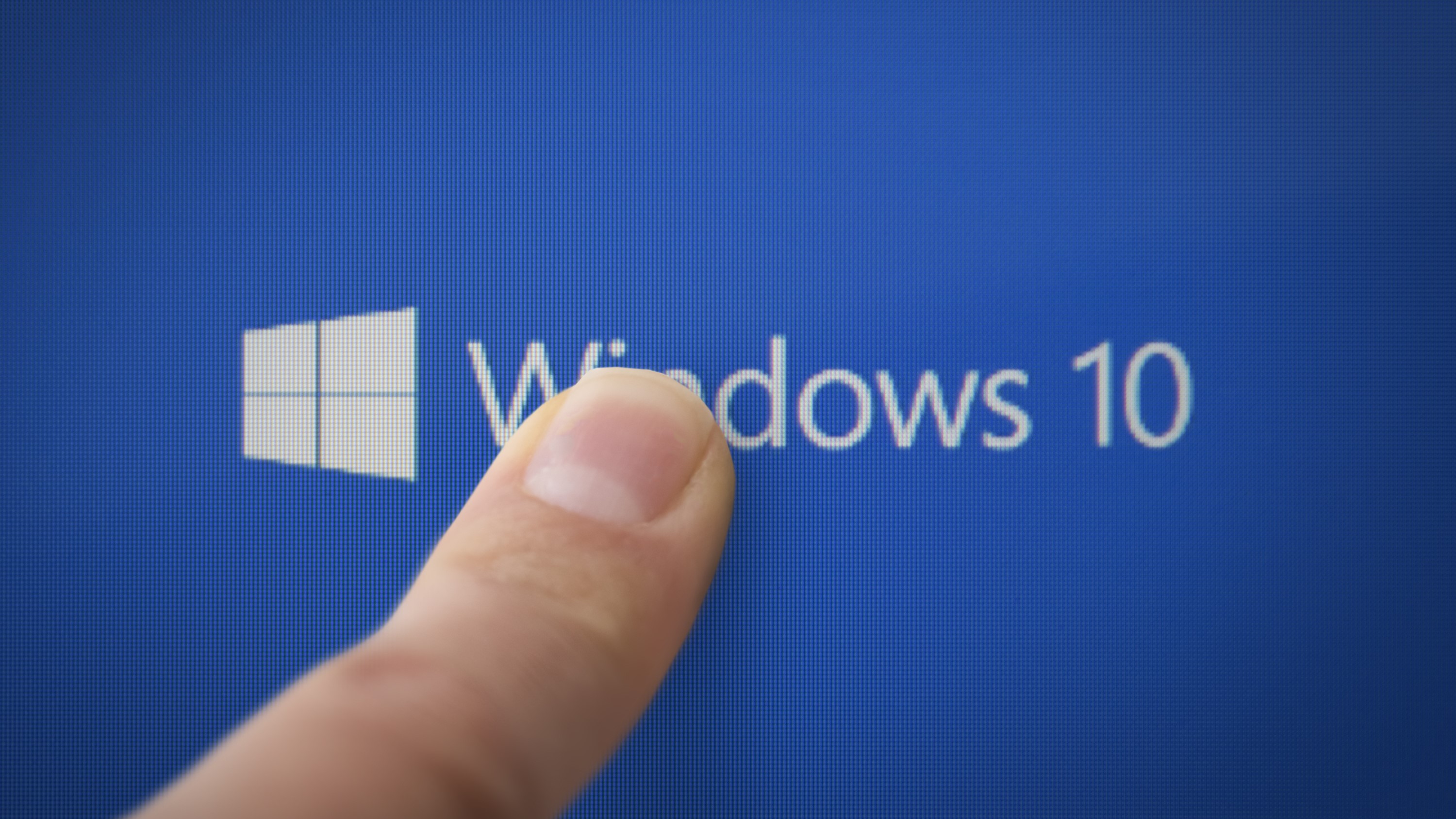We have long been told about the importance of keeping Windows up to date, but in order to qualify for updates you need to be running a supported version of Windows. And for some people running older versions of Windows 10, the clock is ticking,
Specifically, it’s Windows 10 20H2 that will be reaching end-of-life when May rolls around. The exact date in question is May 10, meaning that in three short months, anyone who is still running this particular version of Windows 10 will no longer qualify for support from Microsoft. And this is why Microsoft is planning to forcibly update people to a supported edition of the operating system.
It does not matter whether you have the Home or Professional version of Windows 10 20H2 installed, as both editions reach the end of support on May 10. The information has been publicly available for some time on Microsoft’s product lifecycle page, so this is not coming out of the blue.
For anyone who is keen to stick with Windows 10 rather than jumping to Windows 11, there’s no need to panic. Microsoft is not going to force you onto the very latest version of Windows if you are happy to stick with an older version.
But to eliminate the need to produce individual updates for a huge number of Windows 10 editions, Microsoft limits support to the most recent releases and encourages people to install the so-called Feature Updates to ensure the ongoing delivery of security fixes and other patches.
And it is with this in mind that in order to avoid there being huge numbers of supported – and potentially insecure – system out there, Microsoft is not only encouraging users to update to Windows 10 21H2, it is automatically upgrading machines.
Update to get updates
Anyone who is running Windows 10 version 2004 or later can manually check for updates and have 21H2 downloaded and installed for them, but Microsoft is also using machine learning to roll out the update to 20H2 machines due to the approaching end-of-life.
Microsoft explains more on the Release health page: “Windows 10, version 21H2 is available for users with select devices running Windows 10, versions 2004 and higher who manually seek to “Check for updates” via Windows Update. Devices currently on Windows 10, version 2004 or newer will have a fast installation experience because the update will install like a monthly update.
We also started the first phase in our rollout for machine learning (ML) training, targeting devices on Windows 10, version 20H2 that are approaching end of servicing to update automatically to Windows 10, version 21H2. We will continue to train our machine learning model through all phases to intelligently rollout new versions of Windows 10, and deliver a smooth update experience.”
While exceptions have been made in the past and Microsoft has released updates for unsupported versions of Windows, running a supported version is the only way to guarantee receipt of updates.
Although it would, technically be possible to update to Windows 10 21H1, this edition reaches end of support in December, which will roll around surprisingly quickly. So while some people may resent Microsoft taking control of updates and pushing out 21H2, it is a move that makes complete sense as this edition will enjoy support until mid-2023.
Via Windows Central





